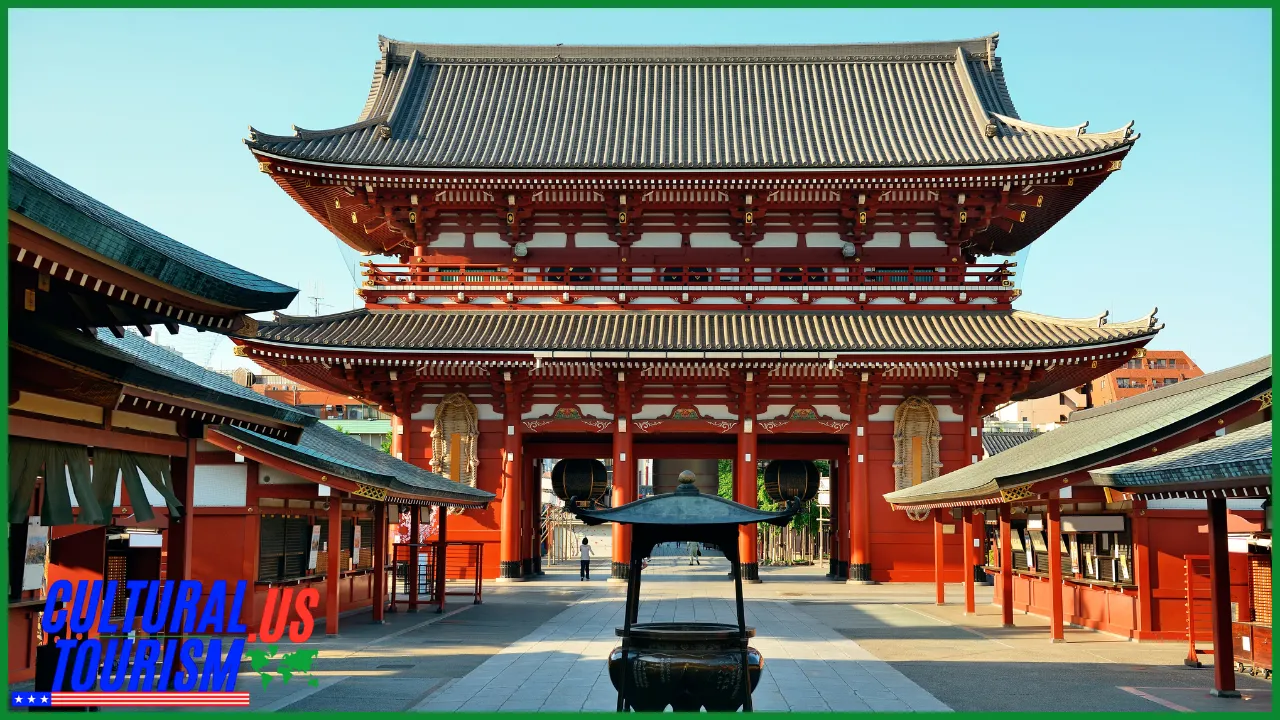Unveiling Kyoto’s Enigmatic Geishas
So, you’re curious about the geishas of Kyoto, huh? First of all, kudos to you for being interested in one of Japan’s most captivating traditions. It’s not just about the makeup and kimonos; there’s a whole culture behind those graceful movements and enchanting performances. Trust me, you’re in for a treat.
The Allure of Geishas: What’s the Deal?
Geishas, or «geiko» as they’re known in Kyoto, are not just entertainers; they embody a blend of art, tradition, and social skills. But how did these fabulous ladies of leisure come to be? Let’s break it down:
A Bit of History
- Origins: The word «geisha» translates to «artist» or «performer.» They originated in the Edo period (1603-1868), primarily as entertainers.
- Training: Geishas go through years of training, starting as «maiko» (apprentice geishas) around the age of 15.
- Skills: They master music, dance, tea ceremonies, and engaging in conversation. It’s like the ultimate boot camp for charm!
The Life of a Geisha: Behind the Scenes
Ever wondered what a typical day looks like for a geisha? Buckle up for a glimpse behind the curtain:
Daily Routine
- Morning: Typically, they start their day with practice. Dance, shamisen, and tea ceremony skills are honed to perfection.
- Afternoon: After practice, it’s beauty time. Make-up and kimono donning can take hours—imagine trying to fasten a thousand tiny knots!
- Evening: Work begins! They entertain guests, play games, and showcase their skills. Talk about a social butterfly!
| Aspect | Details |
|---|---|
| Attire | Kimonos with intricate patterns, different for maiko and geiko. |
| Makeup | White foundation, red and black accents. Think geisha glam with a historical twist! |
| Performance | Traditional dance, music, and witty conversation—it’s an art form! |
What to Expect When You Visit
Planning to see them in action? Here’s what you need to keep in mind:
Etiquette Tips
- Respect their space: Geishas are there to entertain, not for selfies. Keep your distance, please!
- Learn a bit of Japanese: A few simple phrases can go a long way. Even “arigato” can get you major brownie points!
- Observe, don’t intrude: Watch their performances and soak it all in. It’s like an enchanting cultural movie come to life.
Common Misconceptions and Truths
So, you might have heard a few tall tales about geishas. Here’s a quick reality check:
- Myth: Geishas are prostitutes.
Truth: They are skilled entertainers. Let’s not confuse talent with something else, alright? - Myth: They only wear traditional attire.
Truth: Many geishas wear Western clothes in their daily lives. Save the costumes for the stage!
Pro Tip
If you want to make the most of your experience, consider joining a tea ceremony in a traditional teahouse. It’s a chance to engage with the culture deeper and maybe even impress a geisha or two!
Final Thoughts
Exploring the world of geishas in Kyoto is like stepping into a beautifully preserved time capsule. It’s vibrant, rich, and, believe me, incredibly fascinating. So, pack your bags, grab your camera (but keep it on the low), and let the geikos and maikos spin you into their magnificent world. If this article helped spark your interest, don’t keep it to yourself—share the love and let your friends in on the cultural adventure!
Essential Tips for Your Kyoto Adventure
| Tip | Detail |
|---|---|
| Currency | The local currency is the Japanese Yen (JPY). Credit cards are accepted in many places, but cash is king in smaller shops and eateries. |
| Time Zone ⏰ | Kyoto is in Japan Standard Time (JST), which is UTC+9. No daylight saving time here, so don’t forget to adjust your watches! |
| Weather ️ | Kyoto has four distinct seasons. Summers can be hot and humid, while winters can dip below freezing. Spring (sakura season!) and autumn are particularly stunning. |
| Transportation | The public transport system is excellent! Grab a prepaid ICOCA card for easy travel on trains, subways, and buses. Avoid rush hour unless you fancy an unintentional sauna experience! |
| Language ️ | Most locals speak limited English. Brush up on a few basic Japanese phrases. “Sumimasen” (excuse me) will make you a hit—watch out for the fan club! |
| Dining | Try to eat like a local. Look for «kaiten-zushi» (conveyor belt sushi) and «yudofu» (tofu hot pot). But remember, no slurping loudly unless you want the locals to think you’re an amateur! |
Bonus Tips
- Cash is often preferred: Carry small bills and coins, especially for temples and small shops. No one likes doing math with a credit card machine in the middle of a postcard-perfect moment!
- Respect the customs: Bowing is a thing, and it’s all about the angle. A slight nod will do—don’t look like you’re trying to impress the geishas with your flexibility!
- Get a festival calendar: If you’re visiting in spring or autumn, check the local festivals! They’re a riot of color and culture—plus, free entertainment!





